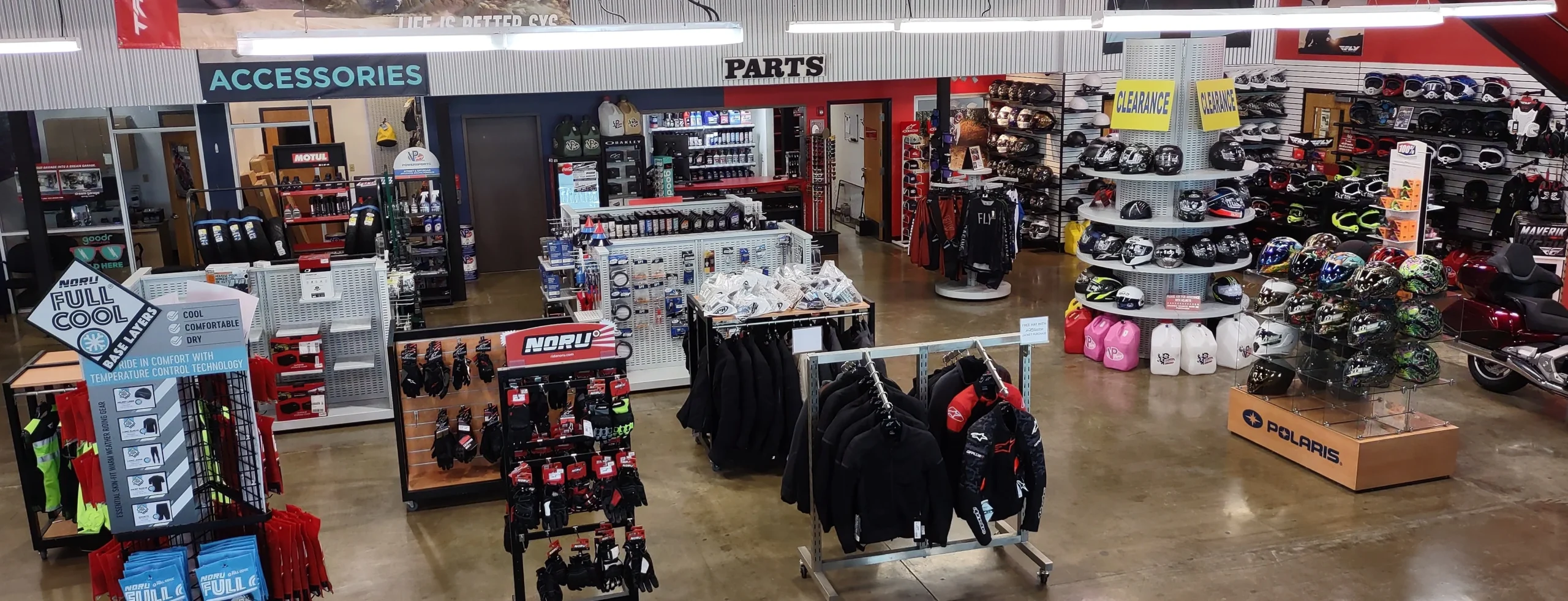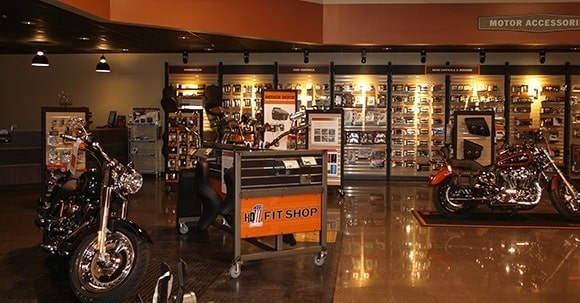Discover High Quality Moto Parts NZ for All Your Motorcycle Needs
Discover High Quality Moto Parts NZ for All Your Motorcycle Needs
Blog Article
Comprehending the Important Parts of a Motorcycle: A Comprehensive Overview for Lovers
For motorcycle enthusiasts looking to raise their riding experience and ensure their bikes run efficiently, understanding the necessary components of a motorbike is paramount. Each element, from the engine's intricate workings to the essential function of the braking mechanisms, not just influences efficiency yet likewise safety and security and comfort.
Engine Parts

The camshaft plays a vital function in controlling the timing of the engine's valves, guaranteeing the precise opening and closing essential for reliable gas and air consumption, in addition to exhaust expulsion. This timing is critical to preserving ideal engine performance and efficiency. In addition, the carburetor or fuel injection system, depending upon the bike model, is accountable for mixing air with gas in the appropriate proportion for combustion.
The air conditioning system, either air or liquid-based, functions to maintain the engine's temperature within operational limitations, avoiding getting too hot and guaranteeing long life - motorbike shop. Each component, thoroughly designed and incorporated, contributes to the smooth operation of the engine, specifying the motorcycle's power outcome and overall performance
Transmission System
Essential to the motorcycle's performance, the transmission system ensures effective power transfer from the engine to the wheels. This system makes up numerous important components, including the clutch, gearbox, and last drive, each playing a crucial function in converting the engine's power right into motion. The clutch, typically operated by a hand bar, serves to disengage the engine and involve from the transmission, permitting smooth equipment adjustments and regulated acceleration.
The gearbox, usually referred to as the transmission appropriate, has a set of equipments that cyclists can by hand move with to change the bike's rate and torque outcome. These gears are arranged in a series that makes it possible for the bike to increase efficiently and keep optimum engine performance across various speeds. The majority of motorcycles make use of a sequential transmission, requiring the motorcyclist to shift gears in a predetermined order.
Braking Devices
While recognizing the transmission system is crucial to taking advantage of a bike's power, just as vital is the ability to regulate and quit that power efficiently, which is where braking mechanisms come into play. Brakes are essential for security and efficiency, supplying the rider with the needed control to navigate different surfaces and problems. Commonly, motorcycles include 2 kinds of braking systems: disc brakes and drum brakes.
Disc brakes are extra prevalent in modern bikes due to their remarkable performance. This system supplies far better heat dissipation, consistent efficiency, and improved stopping power, particularly in wet problems.
Alternatively, drum brakes, though much less common, are still located in some motorcycles. pitbike engine They function by pressing brake shoes against the inner surface area of a drum affixed to the wheel. While usually much less reliable in warm dissipation and quiting power, drum brakes are less complex and much more cost-effective.
Understanding these stopping systems' nuances allows bikers to preserve their motorcycles appropriately and appreciate the engineering that guarantees secure and reliable stopping.
Suspension and Steering
Suspension and steering systems are vital components that substantially influence a bike's handling and ride comfort. The suspension system, consisting of forks at the front and shock absorbers at the back, soaks up roadway irregularities, enhancing stability and control. Front forks, generally telescopic or upside down, compress and rebound to minimize impacts, while back shock absorbers preserve tire call with the roadway, important for grip and security.
Guiding, focused around the handlebars, attaches the rider to the motorbike's directional control. The guiding head bearings guarantee smooth operation, enabling specific maneuverability. Correct positioning and maintenance of these bearings are vital for predictable guiding feedback and lowering biker exhaustion.
The suspension's adjustability is one more vital facet; preload, damping, and rebound setups permit customization to match different riding designs and conditions. This flexibility is vital for enhancing efficiency, whether navigating metropolitan roads or tackling sturdy trails. Developments like digital suspension systems offer real-time adjustments, improving trip high quality across this website varied terrains.

Electrical Solutions
After making sure a controlled and smooth adventure through efficient suspension and steering systems, attention turns to the electric systems, a pivotal element of modern bikes. These systems play an important role not only in starting the engine yet also in powering different elements that boost the functionality and safety of the bike.
At the heart of a bike's electric system is the battery, which stores electrical energy needed for starting the engine and powering auxiliary systems - motorcycle shop. The generator or generator, paired with the rectifier-regulator, makes certain the battery continues to be charged while the motorcycle is in procedure, transforming mechanical power into electric energy and keeping voltage levels
The ignition system, one more crucial part, is accountable for sparking the air-fuel mix in the engine's cyndrical tubes. Modern motorcycles commonly utilize a digital ignition system, supplying better effectiveness and integrity site here compared to traditional systems.
Lights systems, including fronts lights, tail lights, and signs, are also essential, making sure presence and safety and security for the biker. Additional digital components such as sensors, control devices, and shows add to innovative attributes like fuel shot administration, anti-lock stopping systems (ABS), and digital control panels, better improving the riding experience.
Final Thought
A comprehensive comprehension of a bike's necessary components, including the engine, transmission system, stopping mechanisms, suspension, guiding, and electrical systems, is vital for lovers intending to enhance convenience, efficiency, and safety. Mastery of these components permits educated decisions regarding maintenance and upgrades, inevitably enhancing the riding experience. By integrating this expertise, motorcyclists can guarantee their bikes run at peak effectiveness and integrity, consequently taking full advantage of both pleasure and long life of their lorries.
For bike fanatics looking to raise their riding experience and guarantee their bikes run efficiently, understanding the necessary parts of a motorcycle is extremely important.Important to the bike's performance, the transmission system makes sure effective power transfer from the engine to the wheels.While understanding the transmission system is key to using a motorbike's power, similarly essential is the ability to regulate and stop that power efficiently, which is where braking systems come right into play. Generally, motorbikes feature two types of stopping systems: disc brakes and drum brakes.
A complete comprehension of a bike's necessary components, consisting of the engine, transmission system, stopping systems, suspension, steering, and electrical systems, is important for enthusiasts intending to enhance convenience, safety and security, and performance.
Report this page